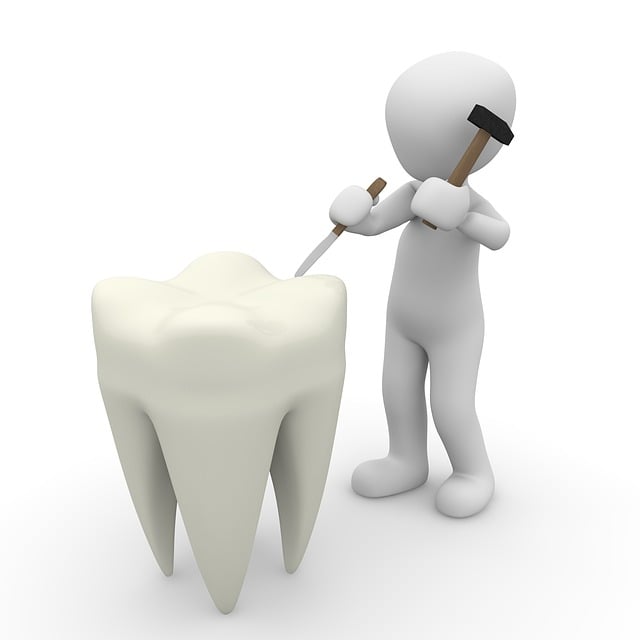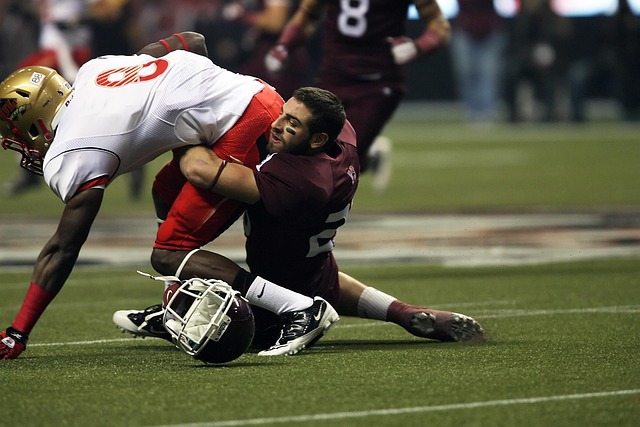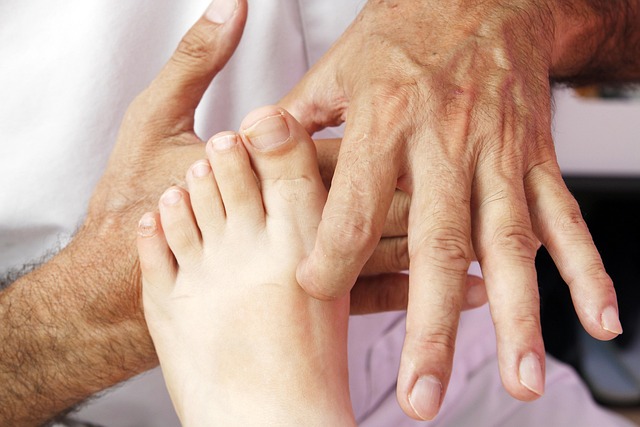Long-term chiropractic rehabilitation after car wrecks focuses on managing severe injuries like whiplash and spinal damage through personalized plans combining adjustments, exercises, and lifestyle changes to restore mobility, reduce pain, and improve quality of life.
After a car accident, many victims face long-term injuries that can significantly impact their mobility. This article explores the crucial role of chiropractic care in restoring movement and enhancing quality of life post-injury. We delve into personalized treatment plans tailored to individual needs, focusing on strategies to improve mobility. Understanding long-term chiropractic rehabilitation after car wrecks is essential for a successful recovery journey.
- Understanding Long-Term Chiropractic Care After Car Accidents
- Personalized Treatment Plans for Optimal Recovery
- Strategies to Enhance Mobility and Quality of Life Post-Injury
Understanding Long-Term Chiropractic Care After Car Accidents

After a car accident, injuries can be severe and complex, often requiring long-term chiropractic rehabilitation. Chiropractic care focuses on restoring mobility and addressing structural imbalances in the spine caused by trauma. In the context of car wrecks, where whiplash and other spinal injuries are common, regular chiropractic adjustments can help alleviate pain, improve nerve function, and promote healing.
Long-term chiropractic rehabilitation involves a personalized treatment plan tailored to the patient’s specific needs. This may include regular adjustments, therapeutic exercises, and lifestyle modifications to support recovery. By addressing underlying structural issues, chiropractic care enables individuals to regain mobility, reduce dependency on medications, and enhance their overall quality of life after a car accident.
Personalized Treatment Plans for Optimal Recovery

Personalized treatment plans are essential for optimal recovery from long-term injuries, especially those sustained in car accidents. Chiropractic rehabilitation plays a pivotal role here, offering a tailored approach to help individuals regain mobility and function. After an accident, each patient’s needs vary greatly; some may require adjustments to their spine, while others might need physical therapy exercises or manual therapy techniques.
Chiropractors design comprehensive plans considering the unique circumstances of each case. This includes assessing the extent of damage, identifying affected areas, and setting achievable goals for recovery. By combining various treatment methods, such as spinal manipulation, exercise prescription, and lifestyle advice, chiropractors facilitate a holistic healing process. Such personalized care ensures that individuals receive the most effective and efficient rehabilitation for their long-term wellness, particularly following a car wreck.
Strategies to Enhance Mobility and Quality of Life Post-Injury

Mobility is a key aspect of overall health and quality of life, especially after sustaining a long-term injury from events like car accidents. Chiropractic rehabilitation plays a significant role in restoring mobility and addressing pain associated with such injuries. This holistic approach focuses on adjusting spinal alignment and improving joint function, which can significantly enhance recovery outcomes.
Chiropractors employ various techniques tailored to individual needs, including manual adjustments, specific exercises, and recommendations for lifestyle changes. Long-term chiropractic care after car wrecks can help patients regain their physical capabilities, reduce pain, and improve endurance. By addressing underlying structural issues, it facilitates a smoother transition back into daily activities, promoting independence and improved quality of life.
Long-term chiropractic care plays a pivotal role in restoring mobility and enhancing quality of life for individuals affected by injuries sustained in car accidents. By understanding personalized treatment plans and implementing effective strategies, patients can achieve optimal recovery. Chiropractic rehabilitation focuses on the unique needs of each individual, providing a tailored approach to improve movement, reduce pain, and reclaim independence after a traumatic event. This holistic process is key to navigating the challenges of long-term injury and fostering a fulfilling life beyond the accident.














